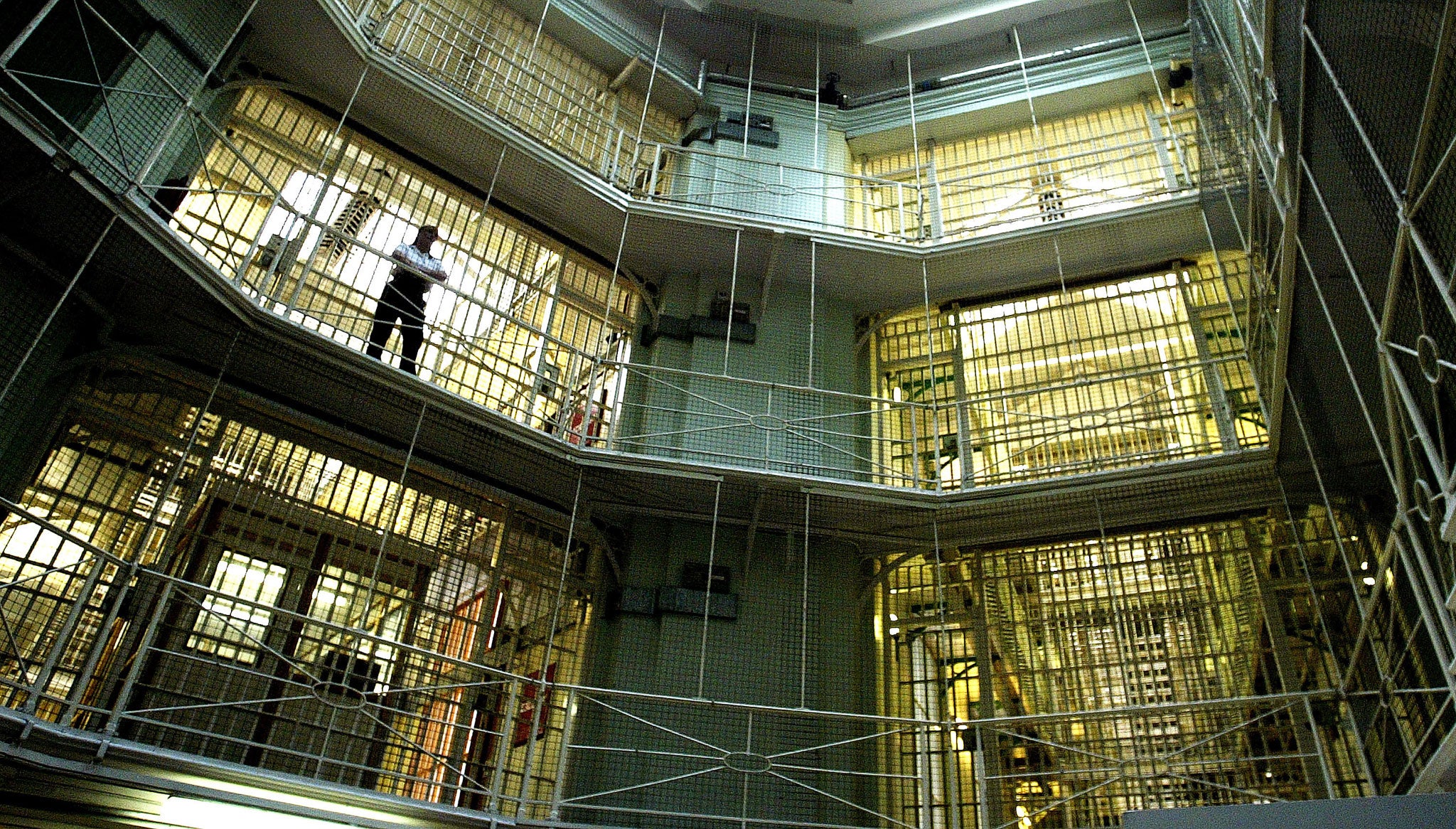Pain And Retribution: A Short History of British Prisons, 1066 to the Present by David Wilson, book review

Your support helps us to tell the story
From reproductive rights to climate change to Big Tech, The Independent is on the ground when the story is developing. Whether it's investigating the financials of Elon Musk's pro-Trump PAC or producing our latest documentary, 'The A Word', which shines a light on the American women fighting for reproductive rights, we know how important it is to parse out the facts from the messaging.
At such a critical moment in US history, we need reporters on the ground. Your donation allows us to keep sending journalists to speak to both sides of the story.
The Independent is trusted by Americans across the entire political spectrum. And unlike many other quality news outlets, we choose not to lock Americans out of our reporting and analysis with paywalls. We believe quality journalism should be available to everyone, paid for by those who can afford it.
Your support makes all the difference.Even for someone like me who has had first-hand experience of prison, this book is a revelation. The costly, dysfunctional prisons we have today simply recycle people into crime. Yet the authorities think the clang of the cell door makes for better citizens.
Perhaps this excellent history may make a difference. The modern idea of being sent to prison as a form of punishment is a 19th century invention. Before then those incarcerated were either facing execution or a walk to freedom – or to be forcibly deported to overseas colonies.
John II of France – captured in 1356 by Edward, Prince of Wales – arrived at the Tower with his son and an army of servants and his own food, kitchen utensils and musical instruments. A modern day equivalent was Sir Oswald Moseley, also seen as a temporary enemy of Britain in 1940 who went to detention in Holloway, my alma mater, with his wife, and was allowed to hire prisoners as cooks and servants.
Castles were used for prisoners of some standing through the Middle Ages, otherwise “run-of–the–mill” offenders were kept in “thieves’ holes” or converted tollbooths: basically filthy, unhygienic huts in the middle of villages. Churches, keen to enforce morality and punish transgressors also served as prisons.
The social standing of prisoners continued to matter through the ages. In Newgate Prison in London, which had among its famous inmates the writers Christopher Marlow, Ben Johnson and Daniel Defoe, conditions varied markedly depending on one’s ability to pay the guards.
Even for the less privileged, small payments to guards facilitated the replacement of heavy chains by lighter ones. But by the time the public executions were finally abolished in 1868 prison had become like a reality show. Much of what was going on inside and the rights and wrongs of cases were played out in public. People paid to be let in to see it all for themselves. The hugely popular publication known as The Newgate Calendar was full of stories about the crimes of the condemned, even outlining their final words before being hanged.
In modern Britain, prison has now become the actual punishment. Although conditions in our prisons appear more civilised, Wilson argues that, in truth, “the pain of punishment has become more camouflaged, more secret; it is now almost completely hidden”. The state still relies on what he calls “legitimised force, control and violence”. We abolished the death penalty in 1965, but prisons are death centres. Courts send socially disadvantaged people to jail who may not survive their incarceration, just in order to convince the public that they are tough on crime. Self-harm and suicide rates are worryingly high. Prisoners are killed or maimed by other prisoners. Medical treatment is shockingly poor. More and more older people die inside.
Most researchers, journalists and politicians do not “know” prison as they never experience it. I faced a man during a public debate who described prison as a “holiday camp”. OK. Let him try it. Our prison population has increased from 11,086 in 1939, among the smallest in Europe to 85,000 now, among the highest.
Wilson wants the public to cut through the half-truths that they are being fed and understand that “it is perfectly possible to have less crime, safer communities and fewer people in prison”. But will a single judge, MP or editor read these wise words?
Vicky Pryce’s latest book is ‘Prisonomics’ (Biteback).
Join our commenting forum
Join thought-provoking conversations, follow other Independent readers and see their replies
Comments